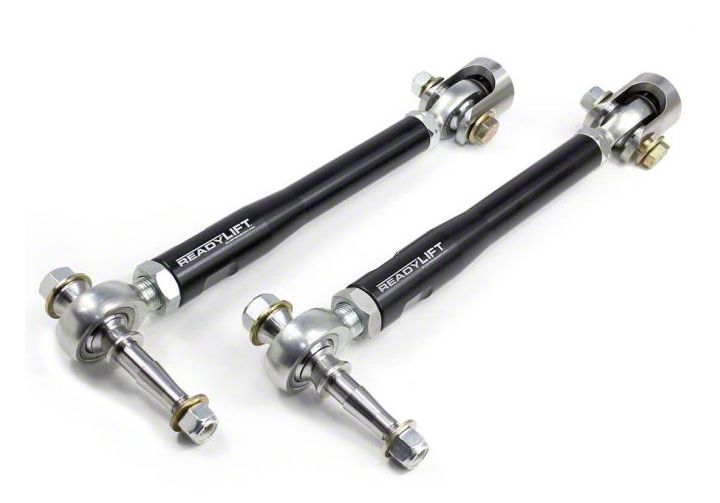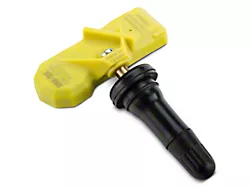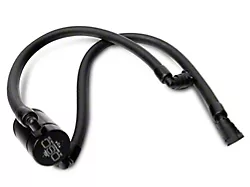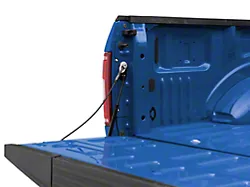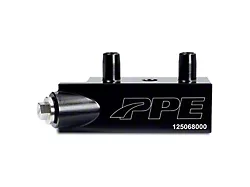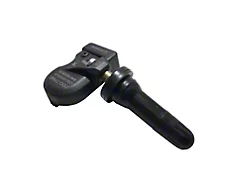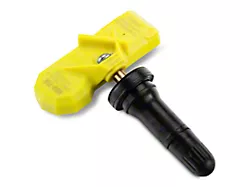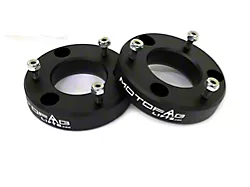
How to Install ReadyLIFT HD Steering Kit (09-18 4WD RAM 1500) on your Dodge RAM
Shop Parts in this Guide
Safety Warning: Suspension systems or components that enhance the on and off-road performance of your vehicle may cause it to handle differently than it did from the factory. Extreme care must be used to prevent loss of control or vehicle rollover during abrupt maneuvers. Always operate your vehicle at reduced speeds to ensure your ability to control your vehicle under all driving conditions. Failure to drive safely may result in serious injury or death to driver and passengers. Driver and passengers must ALWAYS wear your seat belts, avoid quick sharp turns and other sudden maneuvers. ReadyLIFT Off Road Suspension does not recommend the combined use of suspension lifts, body lifts, or other lifting devices. You should never operate your vehicle under the influence of alcohol or drugs. Constant maintenance is required to keep your vehicle safe. Thoroughly inspect your vehicle before and after every off-road use.
Installation Warning: All steps and procedures described in these instructions were performed while the vehicle was properly supported on a two post vehicle lift with safety jacks. Use caution during all disassembly and assembly steps to insure suspension components are not over extended causing damage to any vehicle components and parts included in this kit. Included instructions are guidelines only for recommended procedures and are not meant to be definitive. Installer is responsible to insure a safe and controllable vehicle after performing modifications.
ReadyLIFT Off Road Suspension recommends the use of an OE Service Manual for model/year of vehicle when disassembly and assembly of factory and related components. Unless otherwise specified, tighten all bolts and fasteners to standard torque specifications listed within the OE Service Manual, or as referenced in the torque specification list provided in these instructions.
Suspension components that use rubber or urethane bushings should be tightened with the vehicle at normal ride height. This will prevent premature wear or failure of the bushing and maintain ride comfort. Larger tire and wheel combinations may increase leverage on suspension, steering, and related components. Due to payload options and initial ride height variances, the amount of lift is a base figure. Final ride height dimensions may vary in accordance to original vehicle ride height. Always measure the vehicle ride height prior to beginning installation.


Securely lift front of vehicle and support frame

Remove wheels/tires

Photo shows inner/outer tie rod assembly

Cut remove metal clamp from steering rack

Remove spring clip on inner tie rod

Slide boot off steering rack to expose inner tie rod socket

Remove outer tie rod nut at spindle

Strike with hammer to disconnect joint from spindle

Loosen inner tie rod socket at the steering rack.

Remove entire inner/outer tie rod assembly.

Note: Vehicles requiring rack adapters, use thread locker

Clean rack threads and install & torque steering rack adapter.

Note: Use thread locking compound on clevis mounting bolt

Tighten to spec with clevis positioned as shown, (vertical)

Picture of assembled steering assembly

Insert reducer sleeve into sm. heim end and insert into clevis

Attach and tighten with provided hardware.

Install and torque tapered steering pin in spindle

Insert misalignment spacers into lg. heim

Slide lg. heim w/spacers onto steering pin and toque

Adjust steering tubes and tighten jam nuts inner & outer

Reinstall wheels/tires and check clearance at wheel

Check all work performed, test drive and align vehicle

Notes and Maintenance:
Check for misalignment spacer bind. If the heim body makes contact with the clevis or misalign spacers, limit straps MUST be installed.
DO NOT LUBE Heim joints, keep clean and dry. A light layer of WD-40 is acceptable in wet weather conditions.
Steering rack boots recommended.
Final Checks & Adjustments
Post Installation Warnings: Once the vehicle is lowered to the ground, check all parts which have rubber or urethane components to insure proper torque. Torque wheels to factory specs. Move vehicle backwards and forwards a short distance to allow suspension components to adjust. Turn the front wheels completely left then right and verify adequate tire, wheel, brake line, and ABS wire clearance. Test and inspect steering, brake and suspension components for tightness and proper operation. Inspect brakes hoses and ABS lines for adequate slack at full extension. Failure to perform the post inspection checks may result in vehicle component damage and/or personal injury or death to driver and/or passengers. Test drive vehicle and re-check the torque of all fasteners and re-torque wheels on vehicle. Readjust headlamps.
Vehicle Handling Warning: Vehicles with larger tires and wheels will handle differently than stock vehicles. Take time to familiarize yourself with the handling of your vehicle.
Wheel Alignment/Headlamp Adjustment: It is necessary to have a proper and professional wheel alignment performed by a certified alignment technician. Align the vehicle to factory specifications. It is recommended that your vehicle alignment be checked after any off-road driving. In addition to your vehicle alignment, for your safety and others, it is necessary to check and adjust your vehicle headlamps for proper aim and alignment
Vehicle Re-Torque and Safety Inspection: Upon completion of all services and adjustments performed on your vehicle, and within 50 miles of driving, check to ensure all fasteners and hardware are properly torqued to specification as noted in the vehicles factory service manual or the torque chart included.
